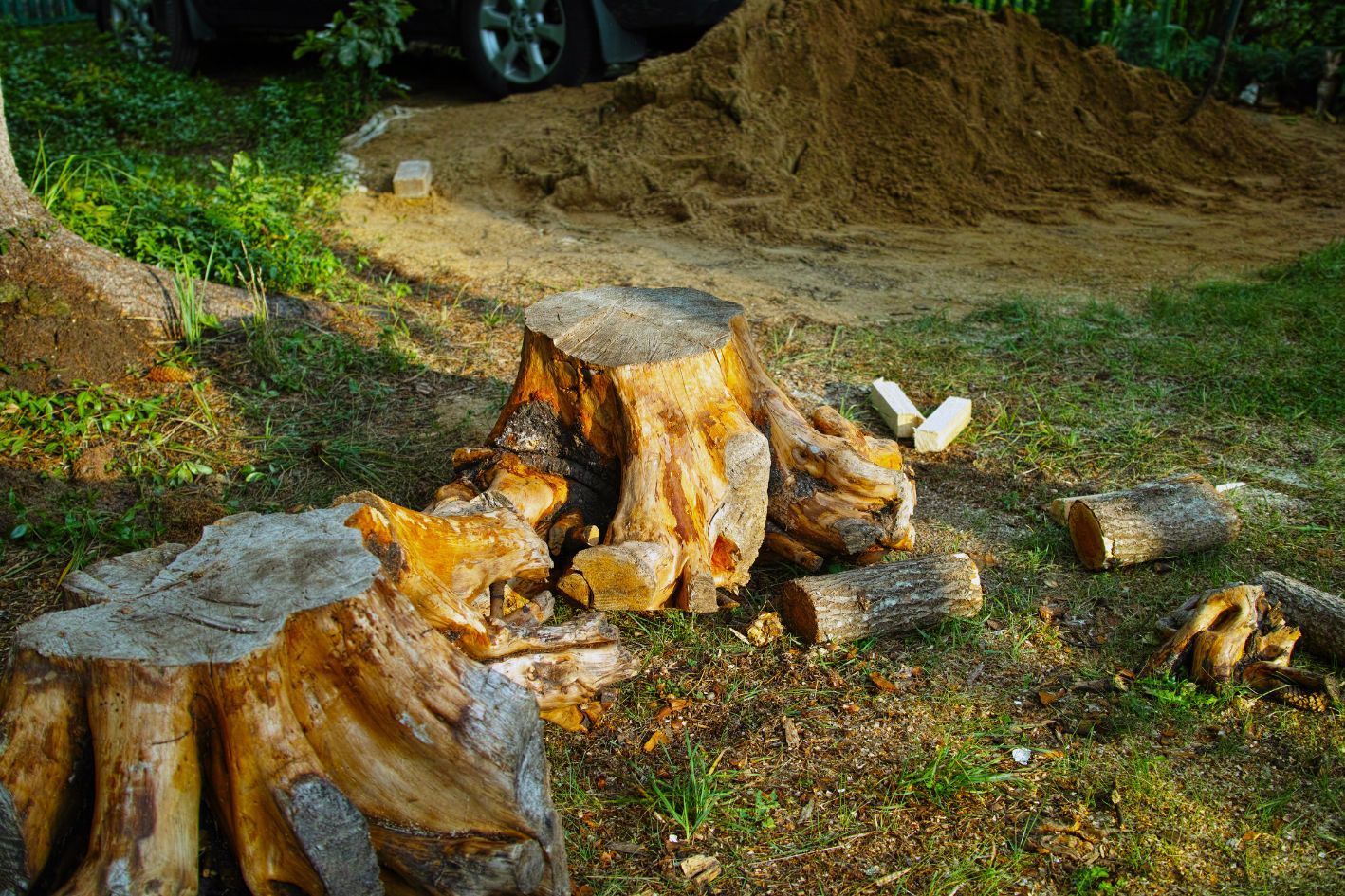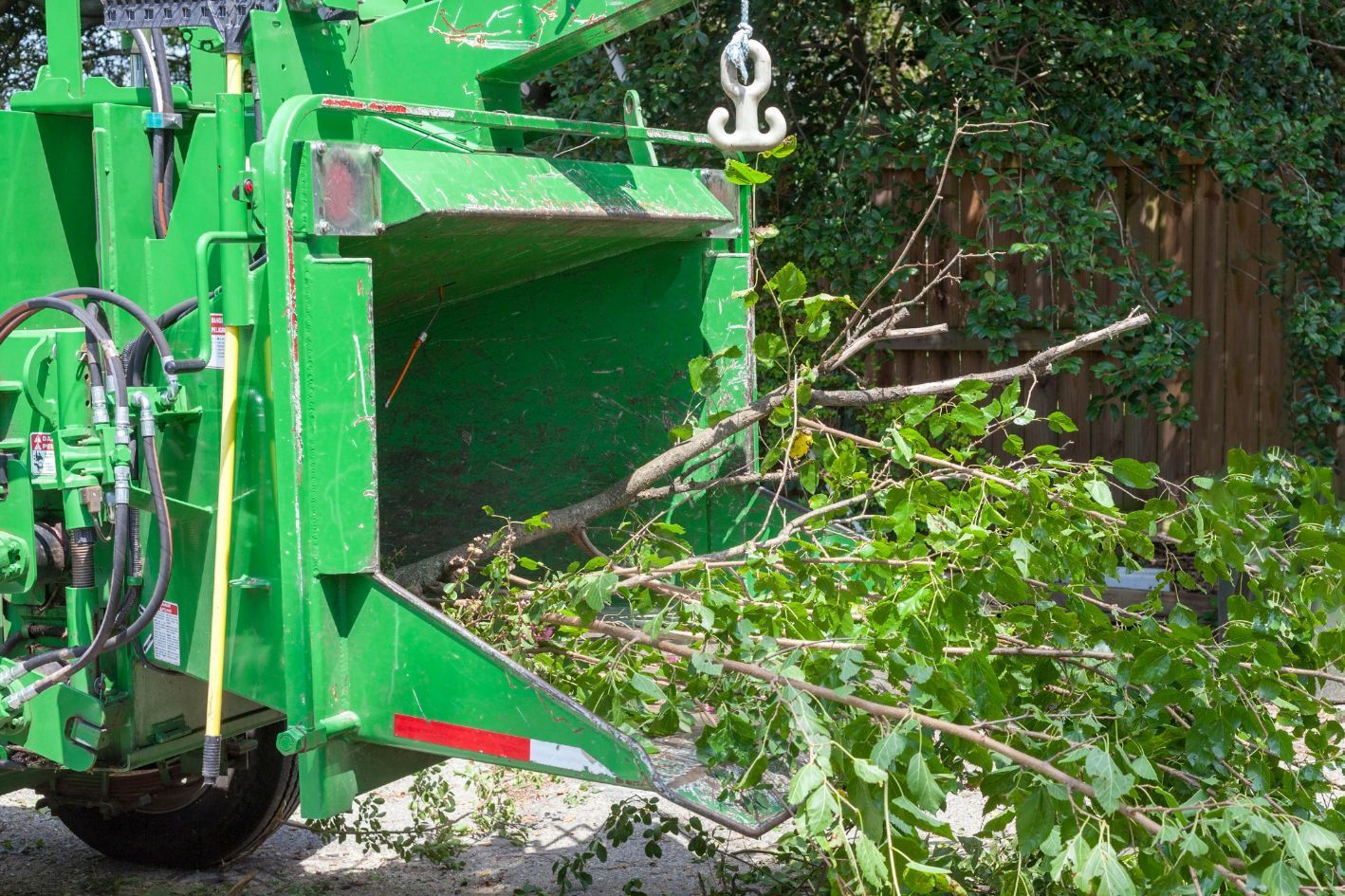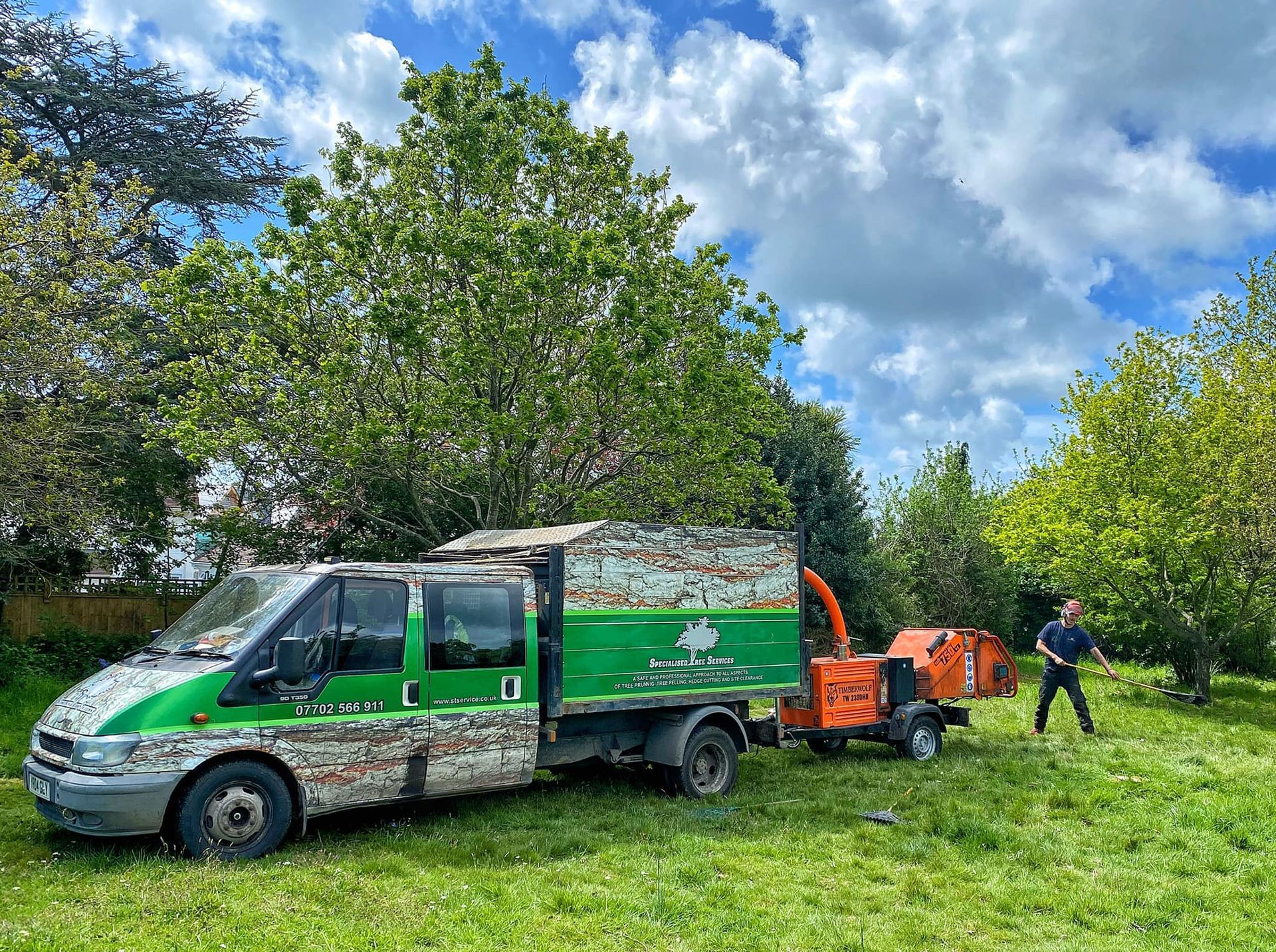The Ultimate Tree Care Guide for Dorset & Hampshire
Tree Care Guide - Bournemouth & Poole - Dorset & Hampshire
Welcome to our comprehensive, year-round guide for maintaining healthy, beautiful trees in Dorset & Hampshire. This guide is tailored for the unique climate and conditions of our region, helping homeowners, gardeners, and property managers keep their trees in top shape. From seasonal tips to identifying local pests, we’ll cover all you need to know.
1. Seasonal Care Calendar
Spring (March-May)
• Pruning: Begin light pruning to remove dead or damaged branches. Avoid heavy pruning, as this is a growth season, and excessive cutting can stress the tree.
• Fertilising: Apply a balanced, slow-release fertiliser to encourage robust growth.
• Mulching: Add a layer of organic mulch around the base, leaving a gap around the trunk. This helps retain moisture and control weeds as temperatures rise.
Summer (June-August)
• Watering: Summers in Dorset & Hampshire can be dry. Ensure trees receive adequate water, particularly younger trees. Water deeply once a week rather than lightly each day to promote deeper roots.
• Pest Check: Look out for signs of pests like aphids, spider mites, and scale insects. Regular inspection helps catch infestations early.
• Sun Protection for Young Trees: Provide shade or a physical barrier for saplings if the sun is intense to avoid scorching.
Autumn (September-November)
• Leaf Clearing: Regularly clear fallen leaves around the base to prevent rot and pest attraction. Use leaves in compost or mulch.
• Root Zone Care: Avoid compacting soil around trees, which can harm roots. Instead, maintain a mulch layer to protect the root zone as temperatures drop.
• Inspect for Disease: Look for early signs of fungal diseases, which thrive in damp, cooler conditions typical of autumn.
Winter (December-February)
• Pruning: Winter is ideal for pruning, as trees are dormant. Remove crossing branches, dead wood, or branches too close to structures.
• Protecting Against Frost: Protect young trees from frost by wrapping the trunks with tree guards or burlap if frost is expected.
• Check Mulch: Replenish mulch around the base to help insulate roots against extreme temperatures.
2. Local Pests to Watch For
Dorset and Hampshire host several pests that can harm trees, especially native and ornamental varieties.
• Oak Processionary Moth (Thaumetopoea processionea): Found in oaks, these caterpillars feed on foliage and can cause significant defoliation. They’re also a health hazard to humans and animals due to their toxic hairs. Report sightings to local authorities.
• Ash Dieback (Hymenoscyphus fraxineus): A fungal disease that affects ash trees, causing leaf loss and bark lesions. Regular monitoring and removal of affected branches can help, but severely affected trees may need removal.
• Horse Chestnut Leaf Miner (Cameraria ohridella): This pest tunnels into leaves, creating “mines” that turn foliage brown. Though usually not fatal, it weakens the tree over time. Rake and dispose of fallen leaves to reduce next year’s infestation.
• Aphids and Scale Insects: Common on many tree species, these sap-sucking insects can stunt growth. Regular checks and introducing beneficial insects like ladybirds can help manage infestations.
3. Soil & Nutrient Care
Dorset & Hampshire have varied soil types, from chalky soils in the South Downs to clay-rich areas. Here’s how to adapt tree care for different soil conditions:
• Chalky Soil: Light and free-draining but often low in nutrients. Amend soil with organic matter to improve nutrient retention and add nitrogen-rich fertilisers.
• Clay Soil: Holds water well but can lead to root rot if too wet. Improve drainage by aerating the soil and adding sand or gravel to the base layer.
• Loamy Soil: Ideal for most trees due to good drainage and nutrient availability. Regular composting and mulching should be sufficient.
4. Common Local Diseases
• Honey Fungus (Armillaria): This fungal disease spreads through soil, attacking roots and causing trees to weaken and eventually die. Look for honey-coloured mushrooms at the tree base. Unfortunately, it’s hard to treat, so removal may be necessary.
• Powdery Mildew: A common sight in humid, warm summers. A white powder appears on leaves and can be treated by improving airflow around the tree and removing infected leaves.
• Fire Blight: This bacterial disease affects members of the rose family, like hawthorn. Infected branches wilt and blacken. Prune infected branches and sterilise tools to prevent spread.
5. Tree Protection in Storms and High Winds
Dorset & Hampshire occasionally experience storms and high winds. Protect trees by:
• Cabling and Bracing: For trees at risk of splitting, consider cabling limbs together.
• Proper Pruning: Well-pruned trees withstand wind better. Remove dead branches regularly.
• Support Young Trees: Use tree stakes to secure young or newly planted trees, but remove them after a year to avoid over-dependence.
6. Planning for Future Growth
When planting new trees, consider:
• Space Needs: Choose a spot where the tree’s full-grown size won’t interfere with structures or power lines.
• Native Species: Opt for trees like oak, beech, or hawthorn, which are well-suited to Dorset & Hampshire’s climate and support local wildlife.
• Soil Adaptation: Match tree species with your soil type for better growth and resilience.
7. Reach Out to the Experts
If you encounter complex issues, such as structural problems in mature trees or significant pest infestations, consider reaching out to professionals. At Specialised Tree Service, we offer comprehensive tree care services in Dorset & Hampshire, from pruning and disease management to emergency storm response. Reach out to keep your trees healthy, safe, and thriving year-round.
Ready to work with Specialised Tree Service?
Let's connect! We’re here to help.
Send us a message and we’ll be in touch.
Or give us a call today at 07702 566911
Agency Contact Form
We will get back to you as soon as possible
Please try again later
Specialised Tree Service – Blog
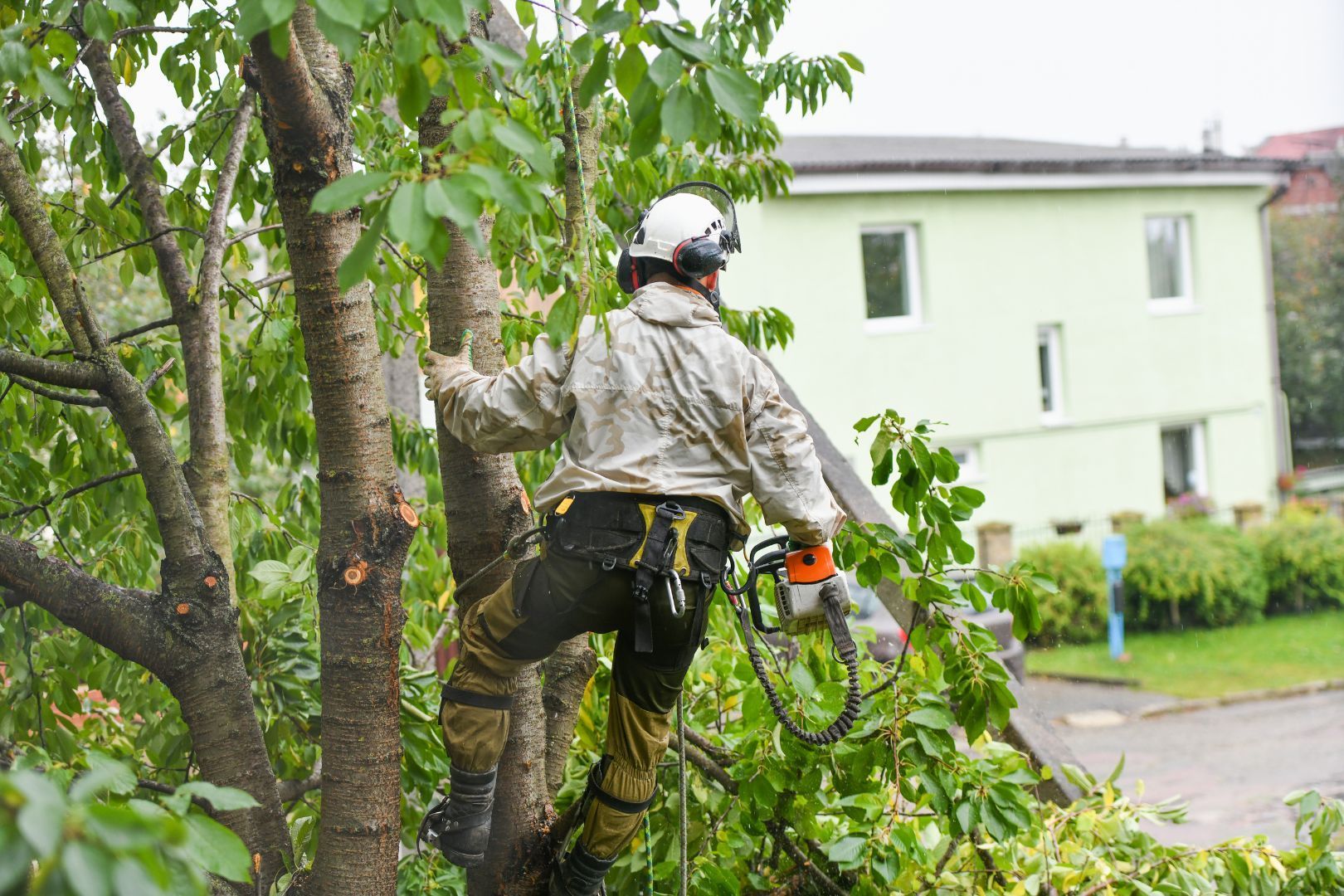

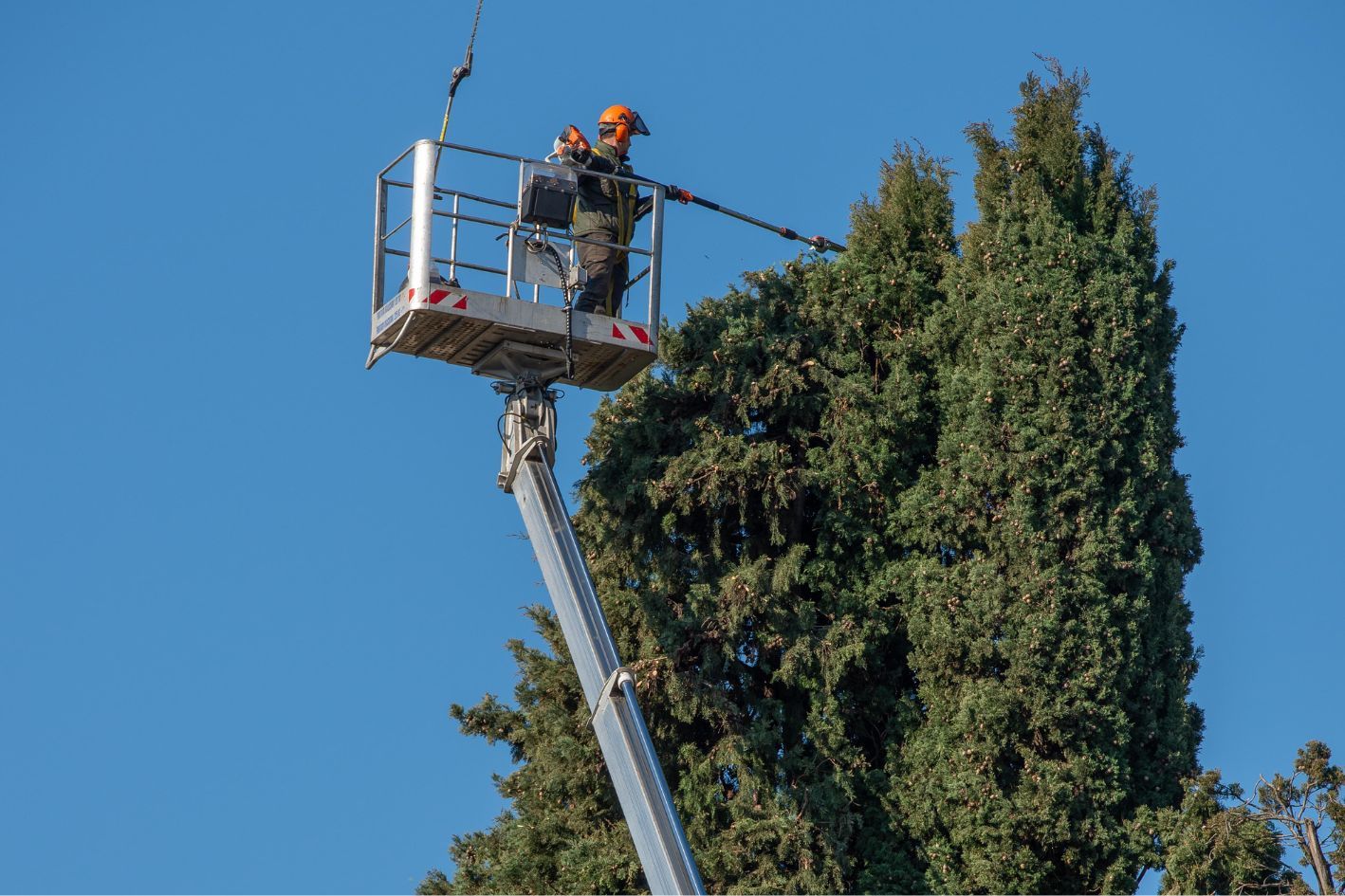
GET IN TOUCH
FOR MORE INFORMATION
Please fill in our contact form
Contact Us
We will get back to you as soon as possible
Please try again later
All Rights Reserved | Privacy Policy | Specialised Tree Service | Built by iGen Media Ltd

